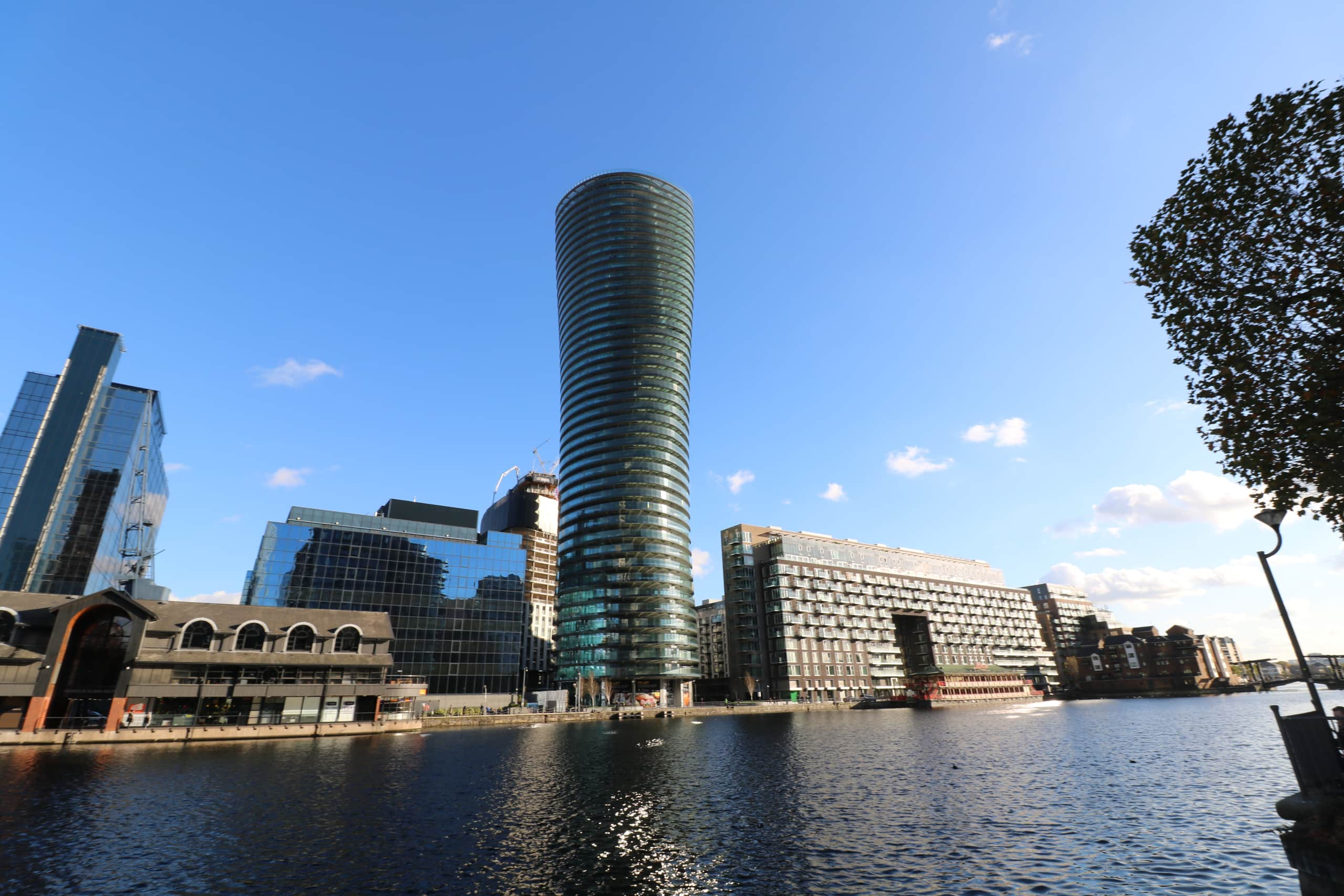Sustainability in the Built Environment
Launched in 1990 by the Building Research Establishment, BREEAM is a sustainability assessment method that is used to masterplan projects, infrastructure and buildings in the built environment. BREEAM or Building Research Establishment Environmental Assessment Method sets standards for the environmental performance of buildings through design, specification, construction and operation phases. H
Grahan Boyce at Barton Willmore commented: “Sustainability is very important if we are to achieve 2020 energy targets.”
The role of BREEAM in promoting sustainability in the Built Environment
BREEAM evaluates sustainability across a range of categories such as energy, materials, land use and ecology, water, pollution, health and wellbeing, transport, waste and management. Each category focuses on factors that include reduced carbon emissions, low impact design, adaption to climate change, ecological value and biodiversity protection.
William Harrison at JTP added “Depending on client requirements or their appetite to implement BREEAM dictates the importance of BREEAM. Even on schemes, it is often the last thought to ensure credits are maintained.”
It is part of The Code for a Sustainable Built Environment which is a strategic international framework for sustainability assessment of the built environment. Performance benchmarks act as targets against which the procurement of material, design, construction and operations of a development area are evaluated.
Sustainability in Future Developments
By its very nature, the construction industry is a big user of natural resources – from energy usage to emissions. There is an increasing pressure to reduce the environmental impact, given the current climate and ecological situation and concern.
William Harrison at JTP added “Sustainability in Future Developments will be highly important. It should be under the same level of scrutiny as fire. Given the political, media and personal attention to prevent climate change.”
Sustainable construction is possible with several factors like reducing energy consumption, taking care of waste, creating a healthy and environmentally-friendly environment, using renewable and recyclable resources and protecting the natural environment.
Apart from having a positive impact on the environment, adopting sustainable construction will be good for your organisation’s reputation, and also reduce cost. For example, by reducing waste, you will reduce the expense of your waste management company and safe fuel by adopting more efficient vehicles.
Specification and ways to be Sustainable
Grahan Boyce at Barton Willmore further added: “It is very important to specify materials that are highly sustainable.”
1. Prefabrication
Prefabrication means ready parts and sections can be assembled quickly, using less energy with fewer mistakes. It saves on energy consumption in the long run.
2. Building Information Modelling
BIM or Building Information Modelling has the potential to include information about the embedded energy in the different material used. This can help decrease inefficiency for the various stakeholders involved in the entire construction process. With all data available in the same place, productivity is bound to improve in the long run.
3. Performance Gap
BREEAM has proposed a Verification Stage to reduce the performance gap between efficient building design and efficient building use, which can be at a difference of up to 200%.
4. Water Usage
The use of greywater and dual plumbing are sure to go a long way in reducing water wastage. Greywater reduces the demand for fresh, clean water while dual plumbing works with two separate water piping systems, allowing reclaimed water to be delivered to residential or commercial buildings.
In addition, installing low flow toilets could save millions of litres of water a year. Vacuum toilet technology reduces water usage up to 75% and also offers benefits like hygiene and design flexibility.
5. Window Placement and Operation
Taking sun orientation and climate into consideration while planning placements for windows and ventilation go a long way to ensure maximum use of sunlight and natural ventilation, thus reducing energy usage to some degree.
Depending on the climate, thermal mass techniques can be used to harness solar energy such as using which walls. These absorb heat from the sun during the day and release it into the building at night.
6. High Efficiency of HVAC, electrical and plumbing
Architects can consult mechanical and electrical engineers to implement electrical appliances, plumbing and HVAC that are the most efficient during use.
7. Placing renewable energy systems
Energy systems that harness solar and wind energy and an excellent option for buildings to make the most of natural energy.
8. Green Buildings from start to finish
By ensuring all materials – from the raw material stage to the finishing materials – are sourced from companies that use sustainable methods to produce as well.
9. Landscape according to the natural environment.
Using trees native to an area reduce irrigation needs while using the correct variety can offer natural sources of shade.
10. Rain and Stormwater management
Rain and stormwater management can ensure the correct use of water that would otherwise run off building and pavement surfaces. Instead, redirecting them to be used or back into the groundwater table is a great method towards sustainability.
